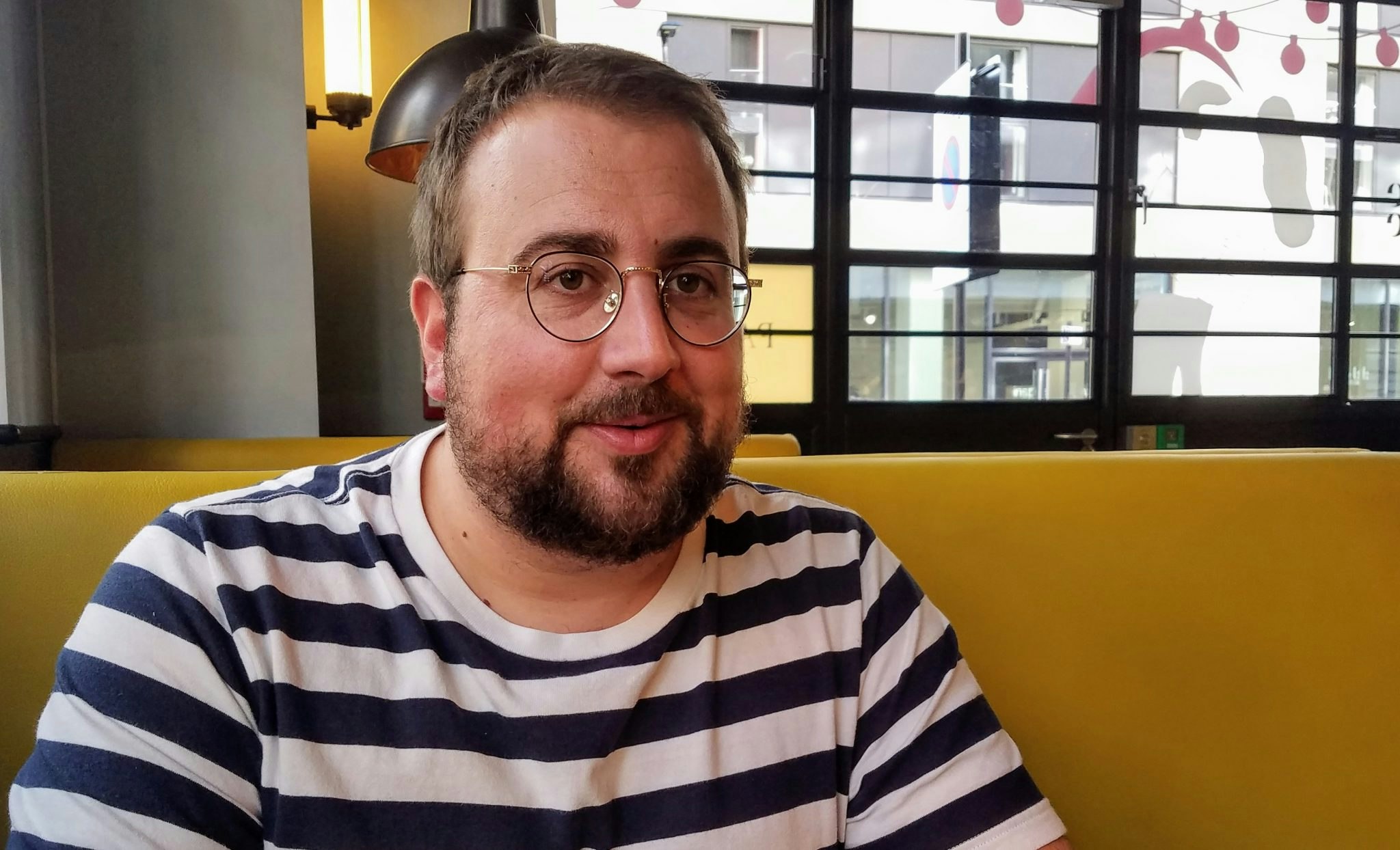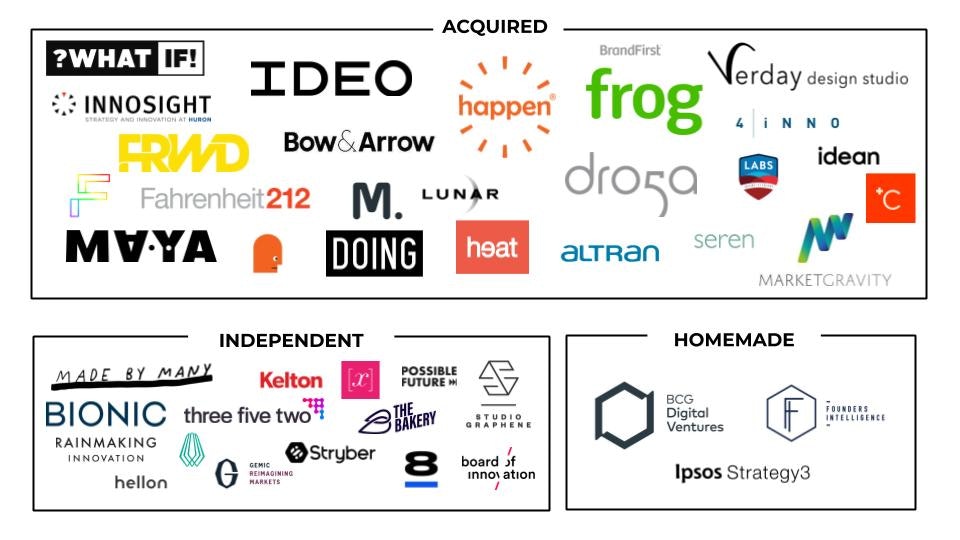What is it?
VYVE, a carbon management and offsetting app, is the latest venture to be launched out of BP’s Launchpad venture building unit, which was set up last year to help the energy company build five “unicorn-size” new startups over the next five years.
Unlike BP’s venture capital unit, which invests relatively small sums and takes only minority stakes in businesses, Launchpad takes majority ownership of the businesses it builds, and takes a very hands-on approach — the startup teams sit within the BP offices.
Many of the Launchpad companies will be about expanding beyond BP’s core hydrocarbons business, especially into low-carbon technologies and the circular economy. VYVE is aimed at hitting the consumer angle, giving people an easy way to calculate their carbon footprint — and options to offset it.
“There is a lot of noise around climate change and it is a very complex world. We wanted to simplify it for the man on the street,” says Mike Capper, founder of VYVE. “A lot of people care about the environment and offsetting their emissions but we don’t make it easy for them.”
VYVE has started with a UK launch, but the idea is to expand to other markets and turn VYVE into the leading low-carbon brand.
Team and background
Capper, who has a background of working in the energy sector, including most recently for BP’s Target Neutral carbon offsetting business, pitched the idea to the Launchpad team in mid-2019. Within a week he had an answer and was working on the project within a month.
VYVE currently has a team of eight.
How will it work?
The VYVE app allows you to enter the journeys you are making and calculates the amount of carbon this is creating. Users can see if their carbon footprint is increasing or decreasing over time, and can choose to offset their carbon emissions by paying money towards one of six offsetting projects. Four are providing cleaner domestic energy in China, India and Mexico, one provides cleaner energy for an industrial ceramics factory in Brazil and one stops deforestation in Zambia.
Most of the money paid will go to the projects, a small proportion will be kept by VYVE to finance the company.
How big is the opportunity?
Carbon offsetting is a $200m-a-year business, but most of it has revolved around companies offsetting their carbon footprint. Many of the big banks such as Citigroup, UBS and JPMorgan have made efforts to do this.
However, efforts at getting large numbers of consumers to offset their own carbon footprint have been patchy.
What is the competition?
There are a few carbon tracking and offsetting tools in the market already, including Project Wren based in San Jose, Choose in Oslo and offCents based in New York.
Capper is hoping to win users over to VYVE, however, by making it easy and fun to use.
“There are a lot of carbon calculators, but they start off with too many questions and the reality is that people don’t have the patience for them. They all have big drop-off rates,” says Capper.
Gamification and community elements are aiming to keep people engaged in the long term. Capper says VYVE is trying to take learnings from the way health and fitness apps have engaged people.
Allowing people to pay as they go, rather than having to have an ongoing subscription may also make the app more appealing says Capper. Project Wren and Choose are both based on subscriptions, while offCents has a pay-as-you-go model.
Key performance indicators
In the initial growth phase targets are around users.
“We are looking for early signs of traction and whether people are coming back to us,” says Capper.
The venture is expected to be money-making in time, but Capper does not provide a timeline for achieving this.


